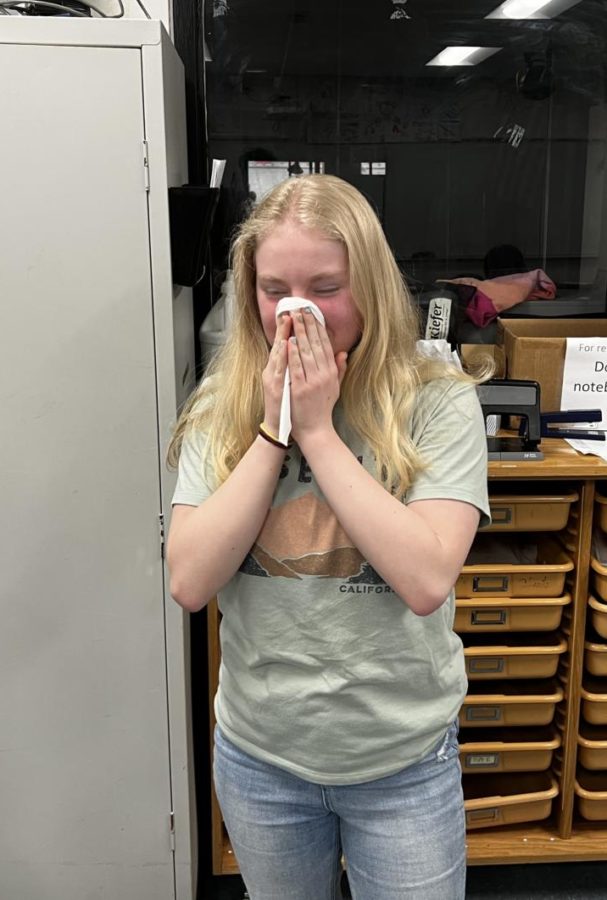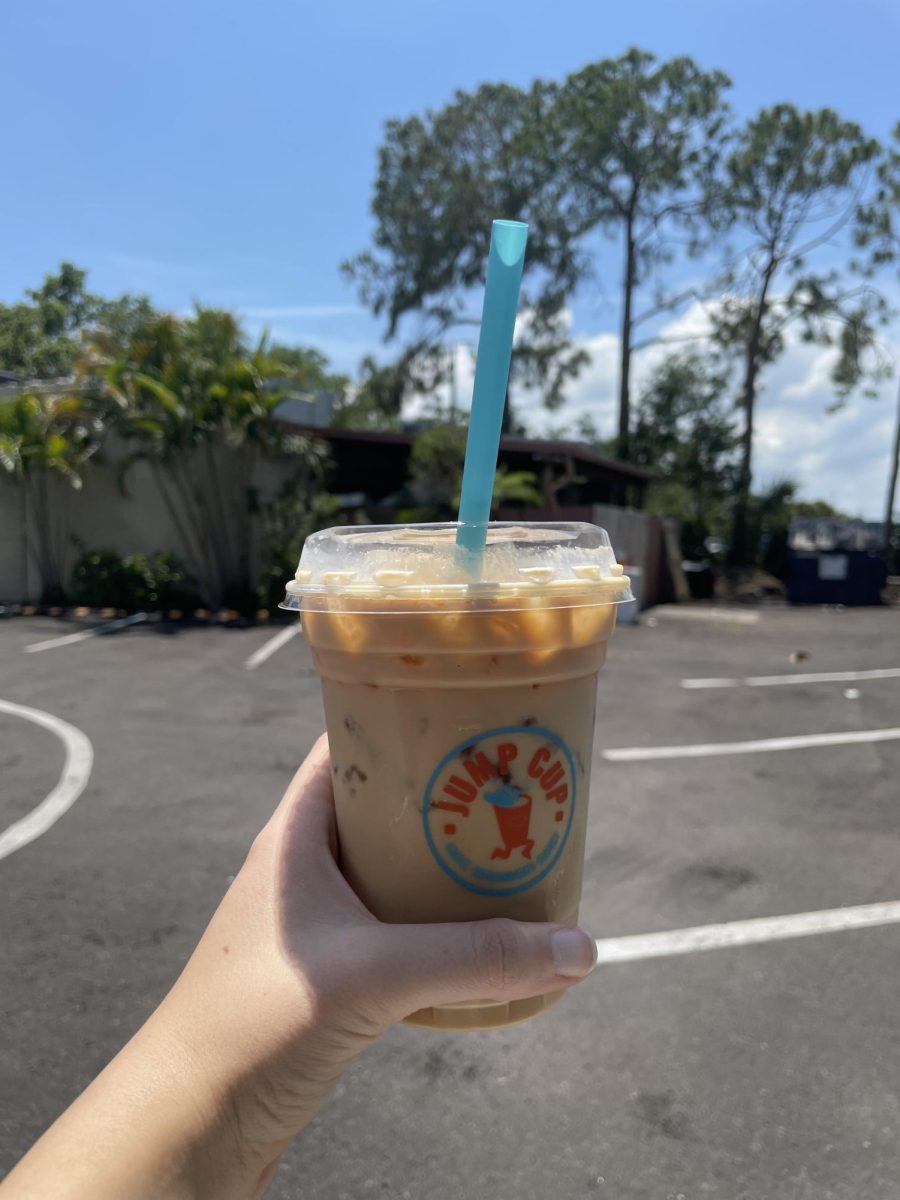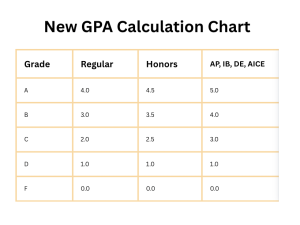ISSUE 3: New Subvariant Spreads Fast Through U.S.
BA.2 is the direct subvariant of the newest COVID-19 variant, “Omicron.”
Photo Vikram Sambasivan
Peyton Price (’24) blows her nose into a tissue.
February 25, 2022
Currently infecting more than 8,000 people in Hillsborough County, new ‘BA.2’ strand has developed from ‘BA.1’ which is commonly known as Omicron.
The new subvariant is shown to be the most transferable so far and is currently “highly transferable” in Florida. It was officially added to the CDC COVID Data Tracker in early February, showing about 96% of the country having high counts of the virus. During these high rates, many people are scared that the new strains might cause lock-downs or a return to early COVID-19 quarantine measures after getting somewhat back to normal environments.
“It doesn’t include shutdowns or lockdowns, but widespread vaccinations and boosters and testing a lot more,” President Joe Biden told CNBC reporters.
Additionally, John Hopkins University did a study that showed lockdowns were ineffective to COVID-19 deaths. While this is up for debate, it is unlikely that lockdowns will come back.
“We want our children in school; we are going to take new steps to make sure it stays that way,” Biden told CNBC.
Regardless, there is still a lot that is unknown about the new strand. So far it is not seen as a threat despite how fast it is able to spread. It is believed to be less dangerous than previous strains and is holding a very low number of deaths in the country. Although it is still very early in the spreading process of the strain, as it recently reached the United States from Denmark, it doesn’t appear that there is much to be feared.
Additional fear of the public is the effectiveness of the vaccine. It was developed to attack early strains of COVID-19 and is being studied and debated for its ability to protect vaccinated people from new threats.
“It appears that vaccine will protect you against BA.2 just as well as it does against BA.1. So, not perfectly, but at least there’s some protection there,” CDC Spokesperson, Catherine L. Troisi, told CNBC.












